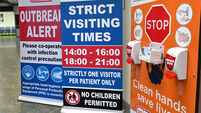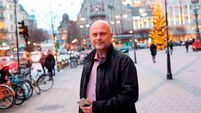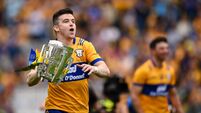Google’s search for driverless car serves up SUV that goes it alone

They can already comfortably handle motorways, he said, but city driving presents a virtual obstacle course of pedestrians, cyclists and blind corners.
Google says the cars can now negotiate thousands of urban situations that would have stumped them a year or two ago.













